Fashion and clothing styles have changed over the ages. However, not all fashion has become obsolete and redundant. Many of the vintage trends in clothing have been revived and are followed even until the present day. This essay is an exploration goes the styles of the nineteenth century and how they are still influencing modern sense of fashion. The essay is divided into four parts based on the following time-period – 1800-30, 1831-65, 1870-1900, and 1901-19.
1800-1830: Stockings
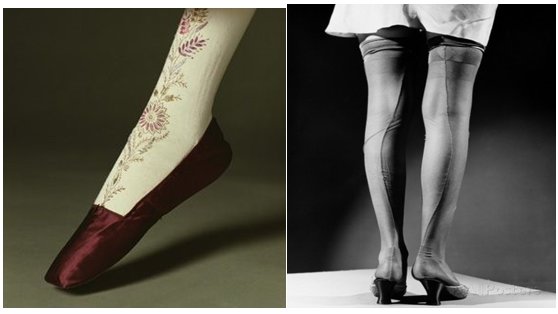
The style during the early nineteenth century was still formal and was highly influenced by the French fashion. However, certain items used during the time are still in use for formal dressing among the clothing items of men and women. Women’s wear was high waisted, formal, and graceful style. It was during this period that first high-waited style entered the vintage fashion, with the use of girdle used for the first time right under the bust line to show greater flow of the skirt. The underwear that is today used is a remembrance of the style that evolved in the early nineteenth century. For instance, the flesh colored stockings and pantaloons that were worn under the dresses.
These were used in the same way in 1800s as women today use flesh tones bra or briefs. The item that is still being used in the modern times in various forms – stockings, long socks, leggings etc. stockings became an essential part of woman’s attire in the early nineteenth century for it not only provided women an ease from the winter cold but also helped to keep a “woman’s modesty” intact.
The main importance of stockings even today remains the same. In the early nineteenth century, the stockings were used for horse-riding fashion for men. It was in the end of the sixteenth century that it was transformed into something that women could wear as underwear. However, in the early twentieth century with the rise of the hemlines in dresses, the use of stocking increased again. Hence, stockings are important part of fashion since early nineteenth century.
1831-1865: The age of Crinolines
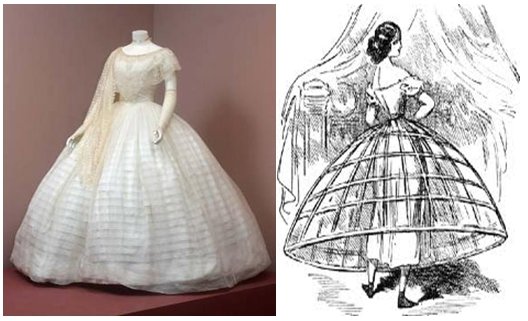
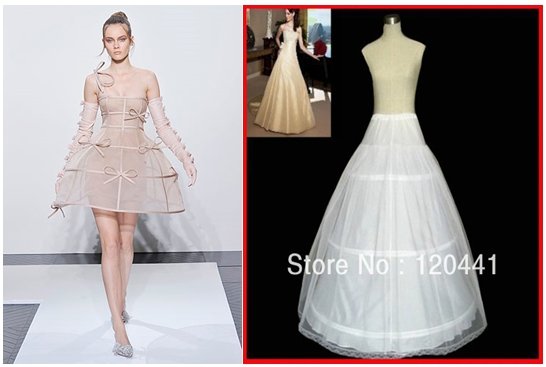
In the mid nineteenth century, the use of crinoline became prevalent. The advent of the wide hoop crinoline was significant development for the fashion of women of the era who found a relief in the new invention. This ensured a freedom for them from numerous petticoats they earlier had to wear to give greater flair to the gowns. The wider hoops made their waistline look narrower. The style evolved in the 1850s, and the word crinoline meaning a “rigid skirt” (Mortal Journey).
The modern adaptation of the crinoline is often found in the evening gown and wedding dresses that are worn with full flared skirt (Lord 180). However, in the later part of the nineteenth century the cage shape of the crinoline was modified with the hoops forming only on the backside. This modified crinoline was called the crinolettes.
The cultural significance of the crinoline is in showing off the beauty of the women. The waist of women was an element of beauty, and the thinner the waists, the more beautiful they looked. The emphasis o n the hourglass shaped body was emphasized by the use of corsets and crinolines that helped in creating a small waistline and a wife bust and hip.
The enhanced hip was with the air of the crinolines that created a bell jar shape to the bottom part of the woman’s body. In the modern times, though crinolines are not widely used for everyday purpose, but the basic insistence on a thin waist still exists. Hence, while a dress is to be worn for a special occasion, dresses are made keeping the basic idea of the crinoline on mind and provide a flared skirt that would enhance the thinness of the waist.
1866-1900: Evolution of men’s coat
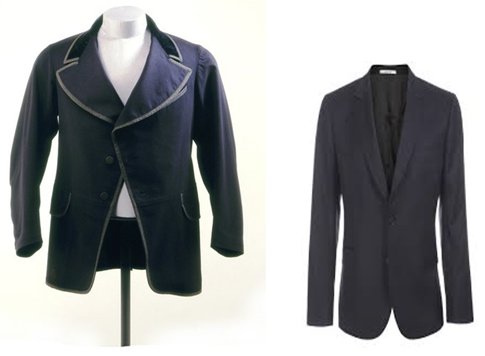
Men’s fashion has not undergone a lot of change since the late nineteenth century. There has been a change in the style of men’s fashion. The morning is a classic example of the evolution of single breasted jackets that are so often worn today. These coats were also known as the “riding coats”.
The design of these coats was an amalgamation of a riding coat and a frock coat that was usually worn in the evenings. The cut of the coats were such that they fell back elegantly in the back like a skirt. The morning coat that is shown in the figure below is an example of the coat that came into fashion in the 1870s and was popularly known as the “University” or the “Angle fronted” coat (Victoria and Albert Museum).
The collar of these morning coats were cut in acute angle and the backside of the garment dropped to form the coat until the waist. It was used for wearing at daytime for work or other non-formal activity. In the description of the coat presented at Victoria and Albert Museum an excerpt from the book Manners for Men (1897) states, “For morning wear the morning-coat or jacket of the tweed suit is correct.
After lunch, when in town, the well-dressed man may continue to wear his morning coat or the regulation frock-coat, with trousers of some neat, striped grey mixture.” (Victoria and Albert Museum)
Men wear similar coats today, with less elaborate collars, but following the basic design of the early morning coats. The neck of the coats is cut in acute angle as their predecessors’ and falls back as a skirt in the back.
1901-1919: A shift toward lighter swimwear
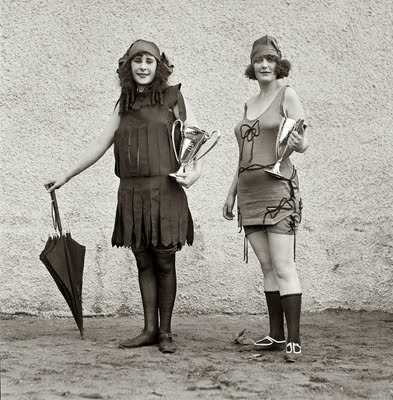
This was the era of haute couture that showed a woman’s silhouette. The dress worn by the women then flaunted low busts and very thin waistline accentuated by the tight corsets.
However, later the skirts started loosing its length and the glimpse of the ankles were visible. In the beginning of the twentieth century, the skirts were long and full. In the post 1910 era until the beginning of the World War I, there is an emphasis on flatter bust and slim hips. Women’s dresses no longer had the bustles or the trains that were considered the fashion previously. Since 1914, with the beginning of the war, the attention on fashion was drawn away from design and then to the material.
The fashion item that is discussed in this era is the women’s swimwear. Swimming is a sport was enjoyed in the western countries for long, however, women used to wear their regular clothes that were cumbersome to the beach. However, in the early twentieth century there was a shift in the popular swimwear designs for women, when fashion designers brought in more relaxed, and smaller swimwear, as shown in figure 5. Evidently, this was the time when the women’s swimwear was becoming briefer and lighter.
Works Cited
Claire. 2010. “The Fashion Bomb’s Fall 2010 Haute Couture Review : Chanel, Christian Dior, Valentino, And More!”. Fashion Bomb Daily. Web.
Hsueh, Roselyn. 2009. “Vintage Swimwear and Bathing Beauties – 1900′s – 1920′s.“. Clamour Daze. Web.
Lord, W. B. The Corset and the Crinoline: An Illustrated History. London: Dover Publications, 2007. Print.
Mortal Journey. 2011. “The Crinoline/Hoop Skirt Craze of the 1850′s and 1860′s.”. Mortal Journey. Web.
Kyoto Contume Institute. 2014. “Stockings 1830s.”. Kyoto Contume Institute Digital Archives. Web.
The Mint Museaum. 2013. “Fashions od the Crinoline era, 1840 – 1865.”. The Mint Museaum. Web.
Victoria and Albert Museum. 2014. “Fine wool morning coat”. Victoria and Albert Museum. Web.